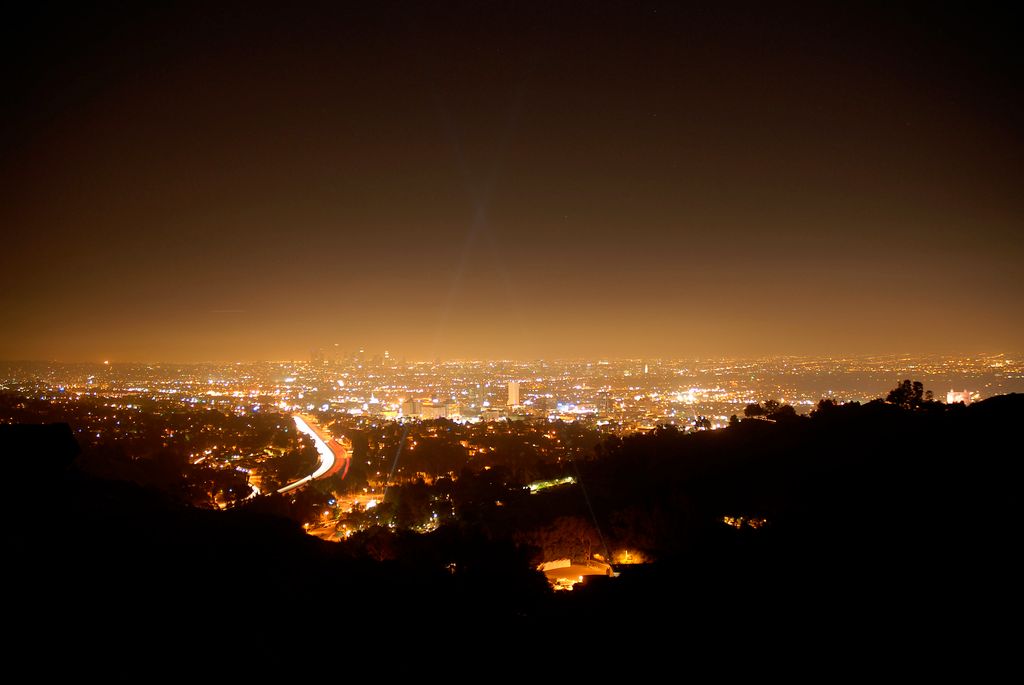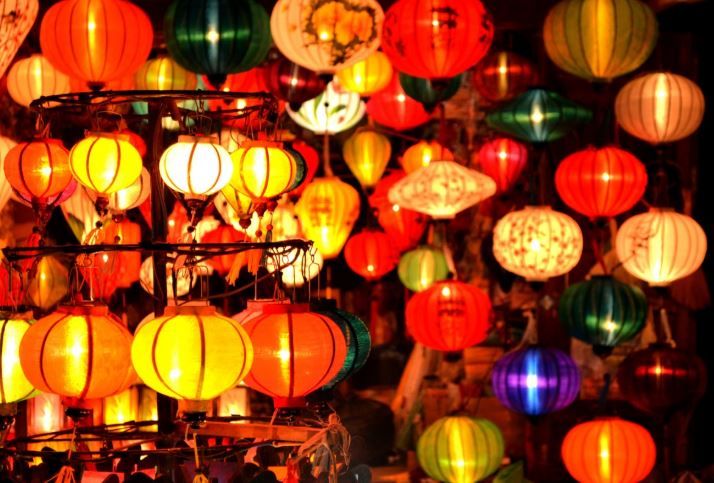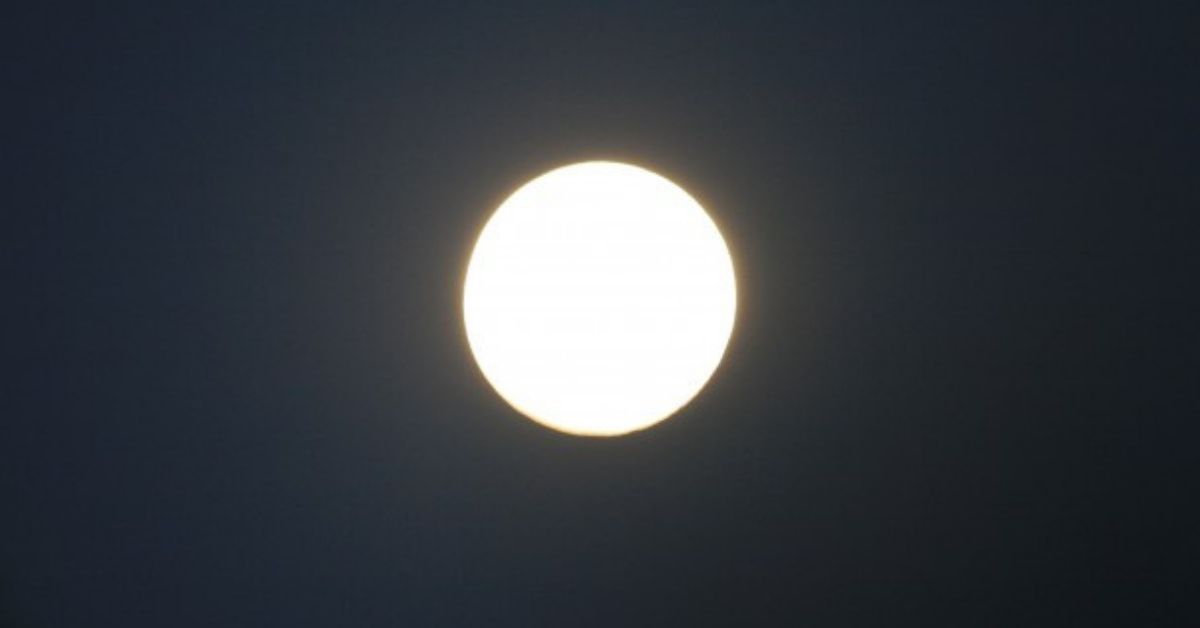When people talk about the future of technology, many people don't realize just how close to the "future" we're getting.
Scientists and innovators are coming up with all sorts of mind-blowing ideas that will change the landscape of our cities and the way we live our day to day lives.
We already have self-driving cars, and soon we'll have to get used to the idea of flying vehicles. Next thing you know our world is going to look eerily similar to a cyberpunk city like The Blade Runner or Ghost in a Shell.
While some people consider these changes exciting, others are worried about the environmental and health effects of these technological innovations.

Scientists are planning to launch a fake moon in space, sparking a huge online debate.
There are certain things that are a pain to do at night, like driving, reading signs, and just generally being able to see where you're going.
While the reflection of the sun on the moon is supposed to help us navigate the dark world, it really doesn't help all that much. Plus, we only see a full moon once every month.
One Chinese space company has a solution to this longtime problem, and it involves sending an artificial moon in space that can replace streetlights.
The Chengdu Aerospace Science and Technology Microelectronics System Research Institute Company (CASC) plans to build a satellite that will be eight times brighter than the real moon, according to the Chinese newspaper The People's Daily.
"Its expected brightness, in the eyes of humans, is around one-fifth of normal streetlights," Wu Chunfeng, chief of the Tian Fu New Area Science Society, told China Daily.

The "artificial moon" will be designed to light areas between 6 and 50 miles wide in the city of Chengdu, which is located in central China.
So no, it won't be as far away as the moon, rather it's going to orbit close to Earth.
Some people are on board with this idea because the fake moon is estimated to save the city around $170 million in electricity costs every year.
The satellite is expected to launch in 2020, and tests have already begun.
However, not everyone likes the idea of a fake moon.
Some people think this artificial light source will not actually save the city money.
This sounds like a sham to me.
— Trix (@MsTrixter) October 19, 2018
The expense to get this going, plus costs of maintenance would have to be more than their electricity costs.
I also wonder what the impact of this would be on nocturnal animals.
They should spend the money on solar and getting rid of their smog.
Studies have found that light pollution has a range of negative effects on human health, for example, disrupting the way we sleep.
I like it the way it is. Dark at night to sleep better.
— Maria Ortiz (@MariaZitro59) October 19, 2018
It's not only humans that are affected by light pollution, animals that use light to navigate, such as sea turtles and birds, can get very confused.
So much for the movement to end light pollution...
— DrKraz (@ProfessorKraz) October 19, 2018
Other Twitter users think China has even bigger problems than dark streetlights...
Maybe if we cut down on pollution, China could actually see the REAL moon and would not need an artificial moon for light. 🤠#climatechange
— David Stehle (@davidstehle) October 19, 2018
Oh no, that is so wrong on so many levels. Why can't they put all that efford into solving real problems in the world instead???
— Sue (@Suhaifa29) October 19, 2018

